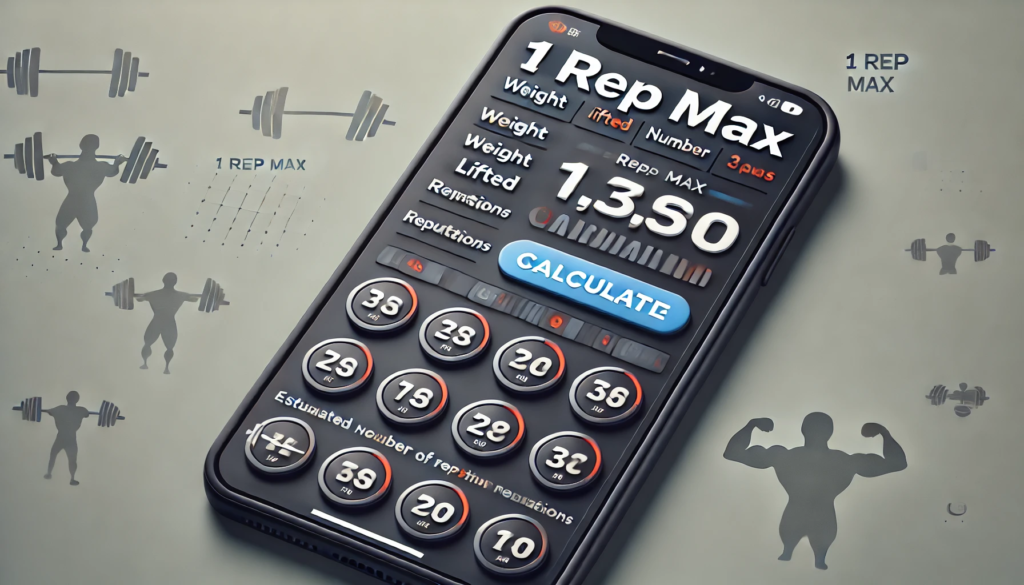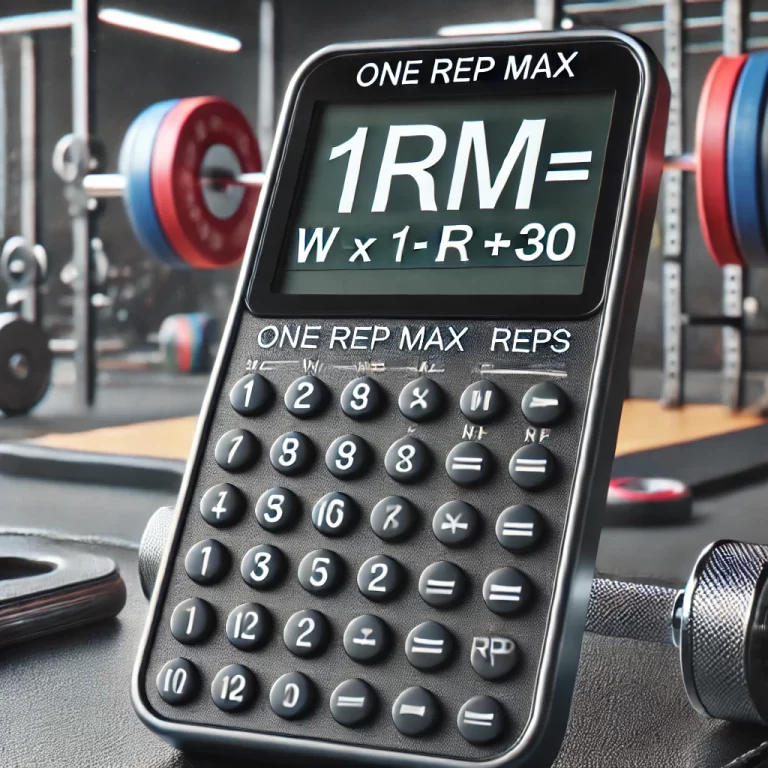The deadlift is one of the most fundamental and powerful lifts in strength training. It targets multiple muscle groups, including the glutes, hamstrings, lower back, and core, making it a staple in any serious weightlifting regimen. To effectively track progress and set appropriate training loads, knowing your One Rep Max (1RM) for the deadlift is crucial. A One Rep Max Calculator can be an invaluable tool for this purpose, helping lifters tailor their workouts and achieve their fitness goals.
Understanding One Rep Max
A One Rep Max is the maximum amount of weight that a lifter can lift for a single repetition of a given exercise. It provides a benchmark for an individual’s strength level and helps in designing effective training programs. For the deadlift, knowing your deadlift max calculator can guide you in setting training loads for both hypertrophy (muscle growth) and strength-building phases. It’s a key metric used by coaches and athletes to monitor progress and make necessary adjustments to their training routines.
How the One Rep Max Calculator Works

A 1 rep max calculator bench uses various mathematical formulas to estimate your 1RM based on the weight lifted and the number of repetitions performed. Most calculators rely on empirical formulas derived from strength research. Common formulas include the Epley, Brzycki, and O’Conner formulas. Each formula has its own method of estimation, but they all aim to provide a reasonable approximation of your maximum lifting capacity based on submaximal efforts.
Benefits of Using a One Rep Max Calculator
- Accurate Training Loads: By knowing your estimated 1RM, you can set precise percentages for your training loads. For example, training at 70-80% of your 1RM is common for hypertrophy, while 85-95% is used for strength. This ensures that your workouts are both challenging and effective.
- Progress Tracking: Regularly updating your 1RM estimate allows you to track your progress over time. As your strength improves, your 1RM should increase, reflecting your enhanced lifting capabilities.
- Injury Prevention: Training too heavy or too light can lead to injury or inadequate results. By using your 1RM to guide your loads, you can better balance intensity and recovery, reducing the risk of overtraining and injuries.
- Personalized Workouts: A One Rep Max Calculator helps in customizing your workout program according to your strength level. This personalization ensures that you are working within your capacity, optimizing your training results.
Limitations and Considerations
While a One Rep Max Calculator is a powerful tool, it’s not without limitations. The accuracy of the estimate depends on the accuracy of the input data—namely, the weight lifted and the number of repetitions performed. Additionally, factors such as fatigue, technique, and individual differences can affect the accuracy of the 1RM estimate. Therefore, it’s important to use these calculators as a guide rather than an absolute measure.
Practical Application in Training
In practice, lifters can use their estimated 1RM to structure their training programs more effectively. For instance, if your 1RM for the deadlift is estimated at 300 pounds, you might perform sets at 70% (210 pounds) for hypertrophy or 90% (270 pounds) for maximal strength. This approach allows for a well-rounded program that addresses various aspects of strength development.
Conclusion
A One Rep Max Calculator for the deadlift is an essential tool for anyone serious about strength training. By providing a reliable estimate of your maximum lifting capacity, it helps in setting appropriate training loads, tracking progress, and personalizing your workouts. While there are some limitations to consider, using this tool effectively can lead to better training outcomes and more significant strength gains. Whether you’re a seasoned lifter or a beginner, integrating a 1RM calculator into your routine can enhance your deadlift performance and overall strength training experience.

